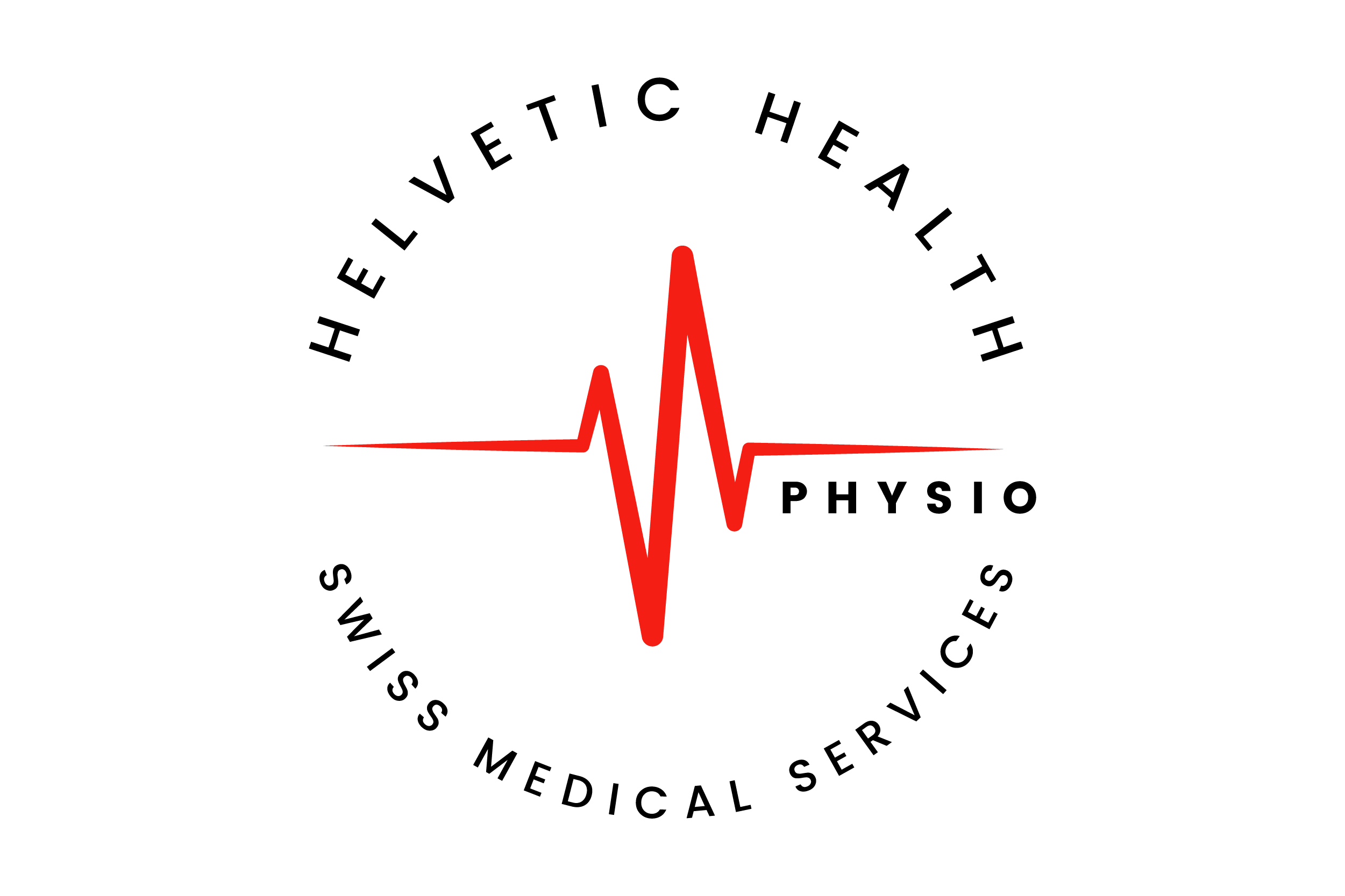How does Dry Needling work?
Dry Needling aims to deactivate muscle trigger points that can cause pain, tension, and restricted movement. By inserting the needles into the affected areas, local muscle contractions are triggered, followed by relaxation of the muscle fibers. This can lead to the release of endorphins, which alleviate pain and promote blood circulation.
Primary Trigger Points
Primary (active) trigger points are sensitive spots in a tense muscle, usually accompanied by muscle fiber contraction. The symptoms can often be triggered by pressure on a single point and may also radiate. Patients describe pain in both rest and movement during the anamnesis. These are the commonly encountered active trigger points. Classic examples are trigger points on the iliac crest that can radiate down the outer side of the leg to the foot. The constant tension of muscles, such as those resulting from the daily activities of society, such as sitting at a computer or standing at a workstation, can often be the cause of active trigger points. These activities impose unilateral stress, causing only specific muscles to work statically and leading to a chronic increase in muscle tone.
Secondary Trigger Points
Additionally, there are secondary trigger points. These occur when one or more elements in the musculoskeletal system do not function correctly. For example, if a joint cannot glide optimally, the muscle will force this movement, as the body needs to move normally. As a result, the muscle becomes overloaded over time, maintaining constant high tension, which can cause muscle adhesion and the formation of hard bands with trigger points.
Studies show that untreated trigger points are often the cause of chronic pain, including referred pain. They are often overlooked because trigger points in the lower back exhibit symptoms similar to herniated discs and disc herniations.
The mechanism behind the needle insertion is explained by the disruption and release of adhesions. Additionally, the microtrauma signals the brain that this area needs increased blood circulation, initiating the healing process and releasing the muscle contraction. Typically, one to five sessions are required.
Indications for Dry Needling
Dry Needling can be used for a variety of muscular complaints and conditions, including back pain, neck and shoulder tension, tennis elbow, knee and hip pain, as well as other musculoskeletal problems. Our experienced therapists conduct a thorough examination to determine if Dry Needling is suitable for your specific situation.
Advantages of Dry Needling
Dry Needling offers several benefits to patients. It can effectively alleviate pain, improve mobility, promote blood circulation, and support muscle regeneration. Compared to other treatment methods, Dry Needling is often faster and provides long-lasting We ensure that the treatment is tailored to your needs to achieve maximum results.
Difference between Dry Needling and Acupuncture
Although Dry Needling and acupuncture both involve the use of needles, they differ in their approach and objectives. Dry Needling specifically focuses on the treatment of muscle trigger points, while acupuncture is part of traditional Chinese medicine and is based on the concept of energy lines in the body. We specialize in Dry Needling as a targeted muscle therapy.
Conditions that can be treated with Dry Needling
Dry Needling can help with a variety of conditions, including back pain, neck tension, headaches, tendonitis, sports injuries, and many others. Our experienced therapists can assess your specific complaints and recommend a customized Dry Needling treatment.
Procedure of a Dry Needling treatment
A Dry Needling treatment begins with a comprehensive examination to identify your specific muscle issues. Then, thin needles are inserted directly into the muscle trigger points. You may feel a slight pulling sensation or muscle twitch, followed by muscle relaxation. The duration of treatment and the number of sessions vary depending on individual needs.
Precautions and contraindications for Dry Needling
Although Dry Needling is generally safe, there are certain precautions and contraindications to consider. Pregnant women, individuals with blood clotting disorders or infections, and those with needle phobia should consult with a therapist before undergoing treatment. Our qualified therapists take into account your individual needs and health conditions to ensure the best possible treatment.
Side effects of Dry Needling
Side effects of Dry Needling are usually minor and temporary. They may include mild bruising, muscle soreness, or temporary pain at the needle insertion site. These symptoms typically subside within 24 to 48 hours. Our experienced therapists monitor your progress carefully and provide support for any side effects that may occur.
Success rate and effectiveness of Dry Needling
The success rate and effectiveness of Dry Needling depend on individual circumstances and underlying conditions. Many patients experience significant pain relief and improved mobility after Dry Needling treatments. Our therapists have extensive experience in performing Dry Needling and are committed to providing you with the best possible results.
What to consider before a Dry Needling treatment
Before undergoing a Dry Needling treatment, it is important to inform your therapist about any existing medical conditions, allergies, or medications. You should also stay hydrated and ensure that you have adequate rest and recovery before and after the treatment. Our team is available to answer your questions and prepare you for the treatment.
Aftercare and rehabilitation following Dry Needling
After a Dry Needling treatment, it is important to follow the instructions and recommendations of your therapist. This may include exercises, rest periods, stretches, or other measures to support your recovery. Our team is with you throughout the rehabilitation process, ensuring that you receive the best possible support.
Qualifications and training of the therapist for Dry Needling
Qualified physiotherapists with specialized training in Dry Needling perform the technique. Our therapists have extensive knowledge and experience in conducting Dry Needling treatments to provide you with the best possible care.
Related therapies and alternative treatment methods
In addition to Dry Needling, we also offer a variety of other therapies and treatment methods that can help alleviate pain and improve mobility. These include physiotherapy, manual therapy, massage, and more. Our experienced therapists work with you to develop the best treatment strategy for your individual needs.

